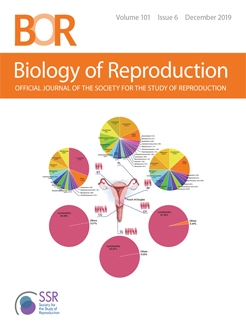Natural sperm selection in humans is a rigorous process resulting in the highest quality sperm reaching, and having an opportunity to fertilize, the oocyte. Relative to other mammalian species, the human ejaculate consists of a heterogeneous pool of sperm, varying in characteristics such as shape, size, and motility. Semen preparation in assisted reproductive technologies (ART) has long been performed using either a simple swim-up method or density gradients. Both methodologies provide highly motile sperm populations; however neither replicates the complex selection processes seen in nature. A number of methods have now been developed to mimic some of the natural selection processes that exist in the female reproductive tract. These methods attempt to select a better individual, or population of, spermatozoa when compared to classical methods of preparation. Of the approaches already tested, platforms based upon sperm membrane markers, such as hyaluronan or annexin V, have been used to either select or deselect sperm with varied success. One technology that utilizes the size, motility, and other characteristics of sperm to improve both semen analysis and sperm selection is microfluidics. Here, we sought to review the efficacy of both available and emerging techniques that aim to improve the quality of the sperm pool available for use in ART.
Summary Sentence
This manuscript reviews the efficacy of both available and emerging sperm selection techniques to improve the pool of sperm available for assisted reproductive technologies.






